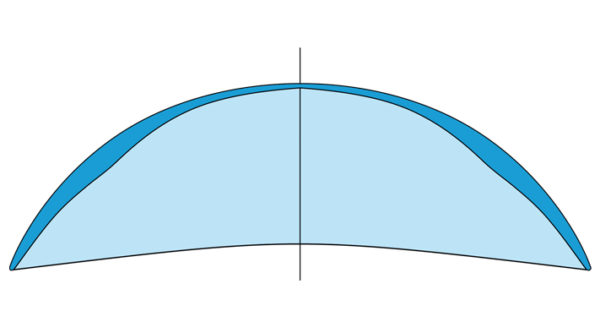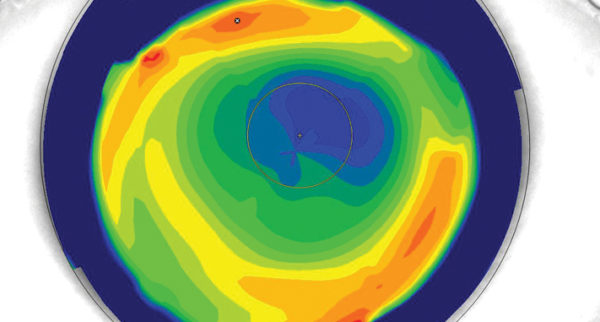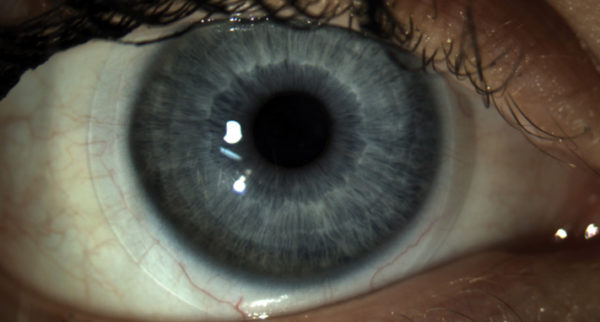XPERT reverse soft
When the cornea has an oblate profile, determined by the effects of surgery (PKP, DALK) and laser photo ablation (PRK, LASIK…), it is necessary to select soft lenses based on a flat base curve radius and increase the sagittal depth in the peripheral area. Reverse geometries foresee a spheric or toric development suitable to obtain the best corrective effect and favor the correct positioning of the lens.

patient selection
In situations of oblate cornea, in outcomes of refractive and keratoplastic surgery (perforating and lamellar), the profile “reverse XPERT” allows to maximize the centering, to reduce probable lift to the edge and visual fluctuations related to an incorrect relationship between lens profile and corneal morphology.
Recommended polymer: Silicone Hydrogel (SH).
trial lens selection
- Detect SIM-K, select BC by adding a flattening of about 0,30/0,40mm to the Flat K.
- Select the Spheric or Toric geometry based on corneal and refractive astigmatism.
- Evaluate in topography (absolute scale, axial map) the difference in curvature between center and periphery (at about 8/9mm), to define the rate for reverse curve to theoretical base radius.
- Select the Total Diameter according to the corneal dimensions (HVID), adding to that value a coefficient of about 2,5/3 mm.
fitting procedures
- After 30′, evaluate the dynamic at blink, in the various viewing positions and in Push-up test; check the coverage ratio (TD vs HVID).
- If present: displacement, excessive movement, edge lifting, change the reverse curve and/or peripheral alignment (Skirt: step ±100µm).
- Measure the over-refraction (OR) for the best visual acuity, then order the trial lens or final by offsetting any cylindrical residue with the Front Toric module.
- Polymers suggested: Si-Hy



